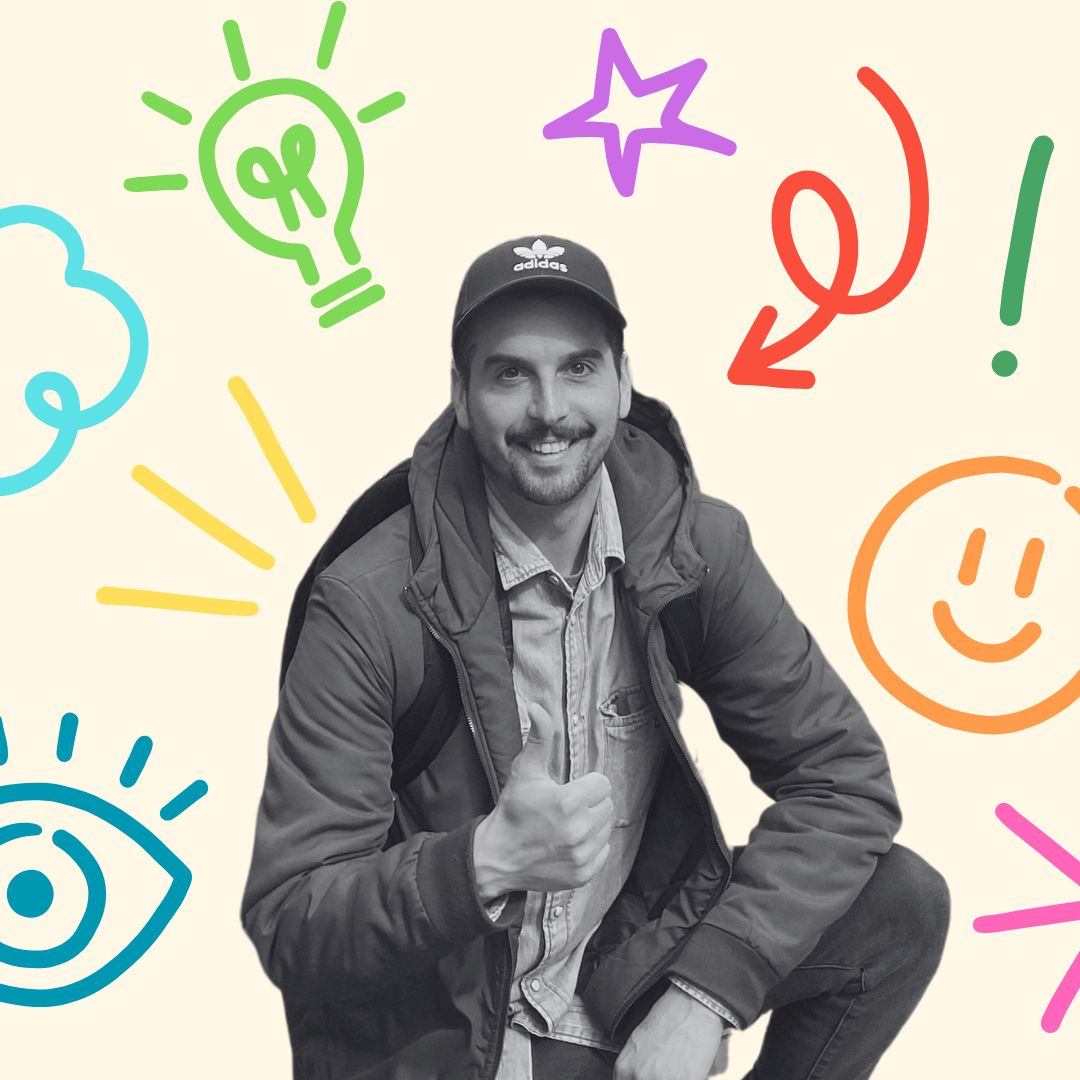I think a big part of finding a style is playing with different medias. Digital work, painting, watercolours, pens, etc. It’s all different techniques, but art is forgiving and so very subjective. Don’t be afraid to experiment!
I moved into different styles when my friends would buy me art supplies as holiday presents. I’m still learning how to properly use copics, but I’m having fun with the results.
My creative process is admittedly very reactive at times. I get big into what my friends are into and get swept up in their excitement. It’s part of why I value being around artists and other creatives so much. It exposes me to a wide range of things to get me hyped up for a drawing session. I’ll sit on the couch with my little portable drawing desk surface and sketch doodles of things I want to draw. It’s relaxing and a good way to spend time near my family.



